Chinese Buddhism's birthplace remains a place of pilgrimage
Updated: 2016-01-11 08:03
By Xu Lin(China Daily)
|
||||||||
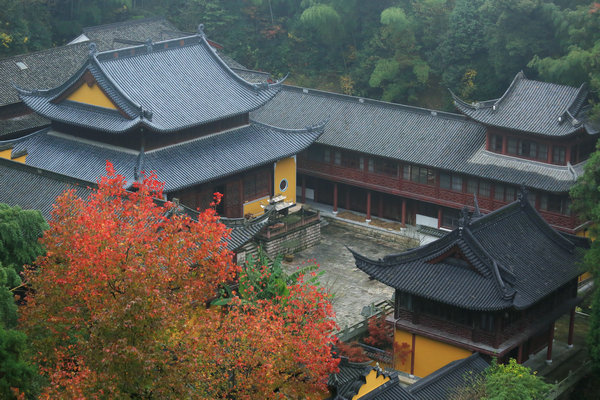 |
|
Guoqing Temple, the initial monastic site believed to be the source of the Tiantai School of Buddhism.[Photo provided to China Daily] |
Zhejiang province's Tiantai county is celebrated as the source of what's believed to be China's first indigenous school of Buddhism.
Guoqing Temple in today's Tiantai Mountains Scenic Area was the sect's initial monastic site. It was founded by Sui Dynasty (AD 581-618) monk Zhiyi, who's said to be the first Chinese to devise a systematic and complete Buddhist theology.
The Tiantai School peaked in the Tang Dynasty (AD 618-907) when it was exported to Japan and Korea. Many Japanese and Koreans visit today.
Resident monks live ascetic lives, worshiping and growing rice and vegetables for subsistence. These devout have heaped over 50 large bamboo baskets of rice in the Hall of the Four Heavenly Kings, the divine deities who symbolize harvest.
A yellow screen, etched with calligraphy spelling out the temple's name, and a brick carving of a dragon shielded entrance gates in ancient times.
- Obama says US must act on gun violence, defends new gun control rules
- Over 1 million refugees have fled to Europe by sea in 2015: UN
- Turbulence injures multiple Air Canada passengers, diverts flight
- NASA releases stunning images of our planet from space station
- US-led air strikes kill IS leaders linked to Paris attacks
- DPRK senior party official Kim Yang Gon killed in car accident

 Creative designs create splash in Shanghai art center
Creative designs create splash in Shanghai art center
 Amazing ice wonderland in Beijing
Amazing ice wonderland in Beijing
 Special report: Rise and rise of China's outbound tourism
Special report: Rise and rise of China's outbound tourism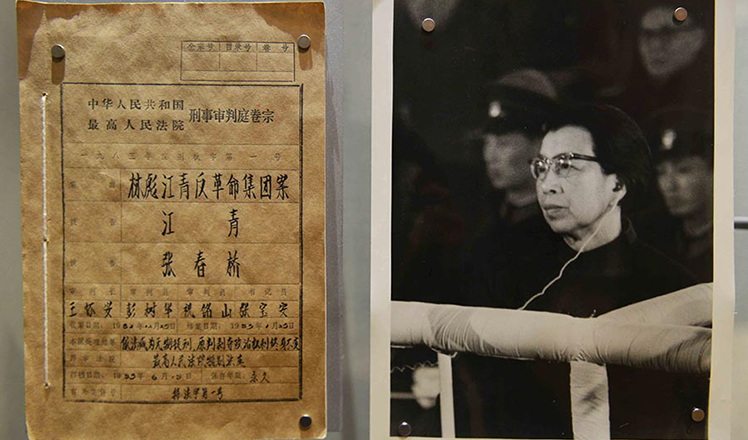
 Trial data of former senior Party officials on display
Trial data of former senior Party officials on display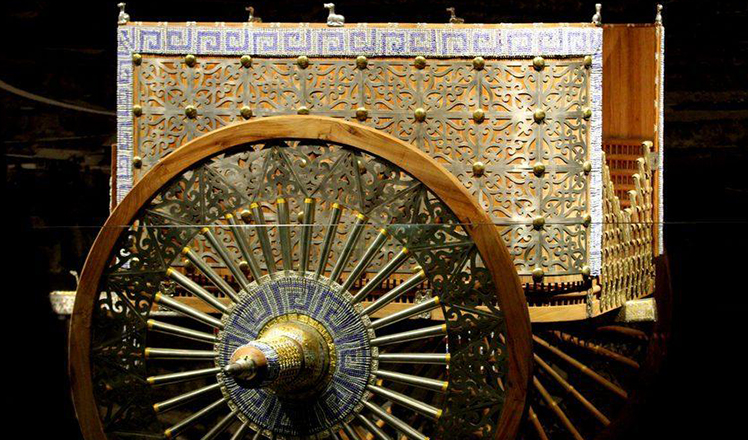
 Replica of luxurious chariot from ancient times wows Xi'an visitors
Replica of luxurious chariot from ancient times wows Xi'an visitors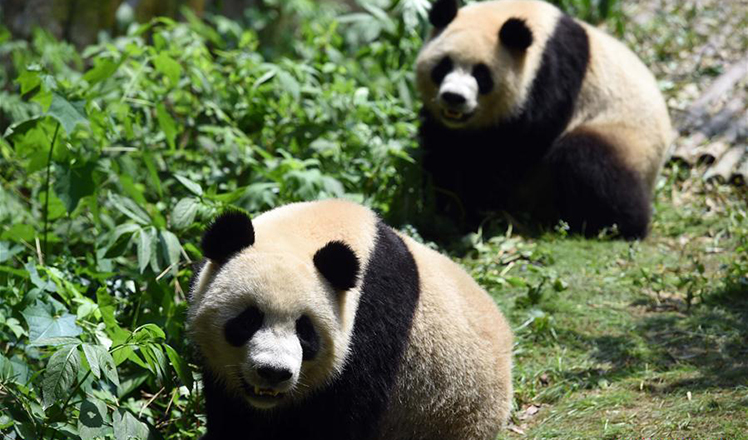
 Number of giant pandas in China reaches 422
Number of giant pandas in China reaches 422
 Attendees feel the thrill of tech at CES trade show
Attendees feel the thrill of tech at CES trade show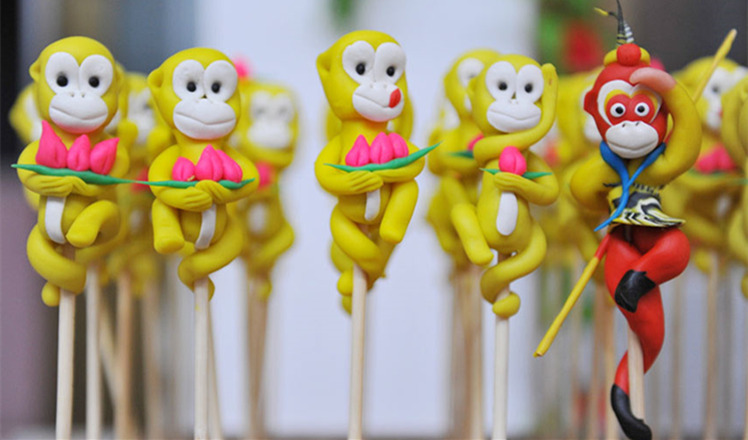
 Vivid dough sculptures welcome Year of the Monkey
Vivid dough sculptures welcome Year of the Monkey
Most Viewed
Editor's Picks

|

|

|

|

|

|
Today's Top News
Shooting rampage at US social services agency leaves 14 dead
Chinese bargain hunters are changing the retail game
Chinese president arrives in Turkey for G20 summit
Islamic State claims responsibility for Paris attacks
Obama, Netanyahu at White House seek to mend US-Israel ties
China, not Canada, is top US trade partner
Tu first Chinese to win Nobel Prize in Medicine
Huntsman says Sino-US relationship needs common goals
US Weekly

|

|







